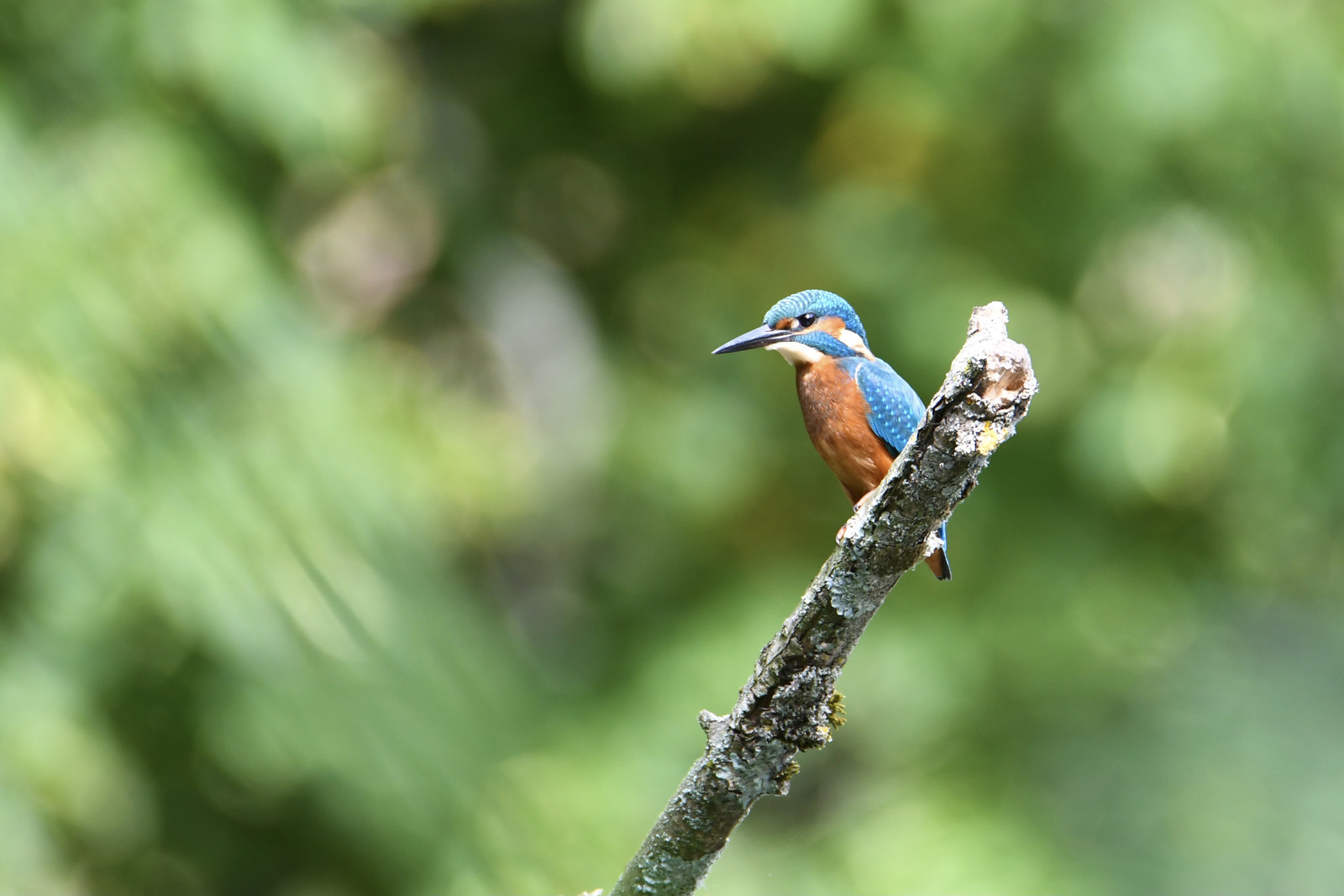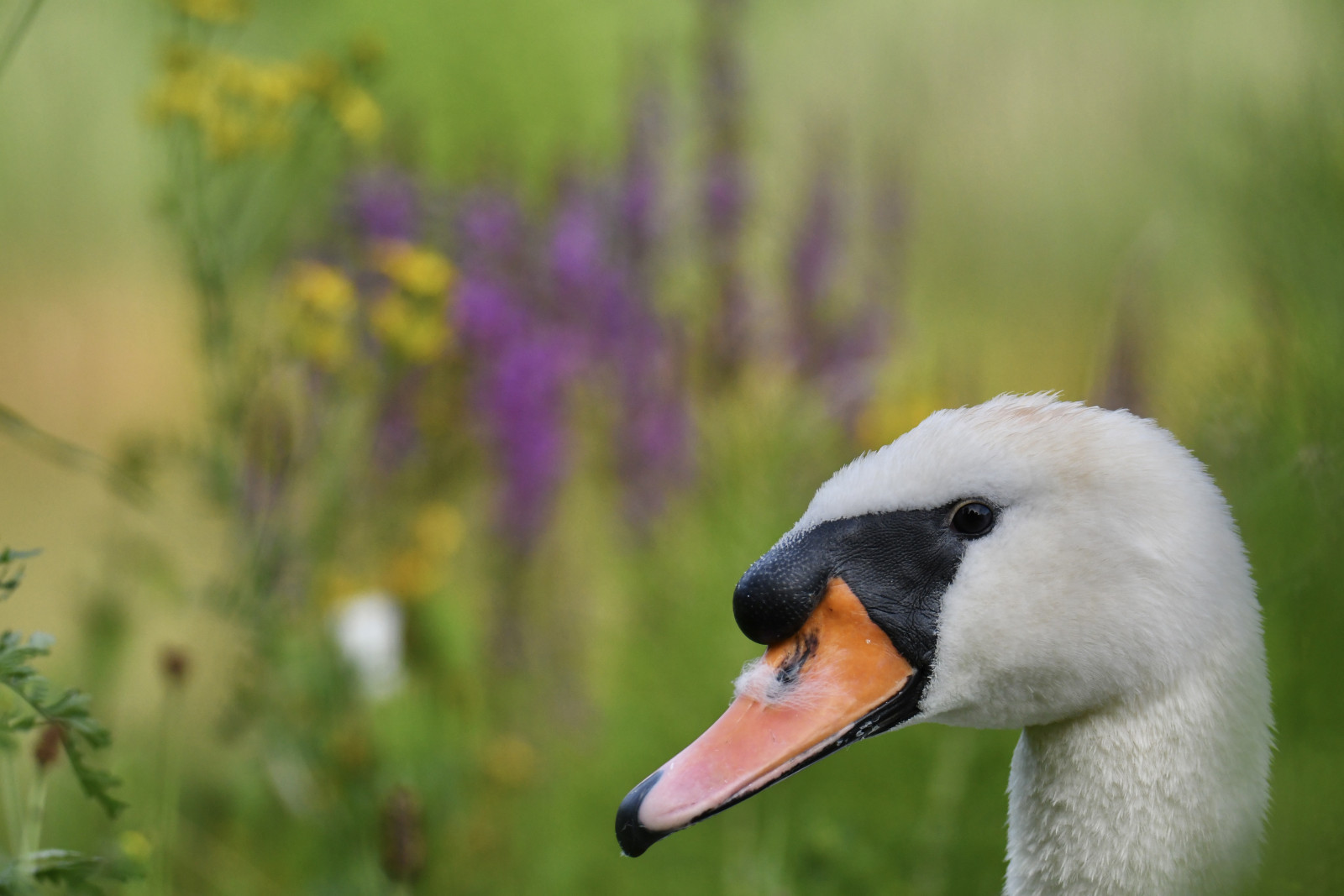Description
Domaine des Silex is an interesting birding area because it is located on the edge of the Soignes forest and has 2 ponds. This means that you can see a wide variety of birds (forest birds and water birds). You can see all the species of tits present in Brussels (Ελατοπαπαδίτσα, Λοφιοπαπαδίτσα, Καστανοπαπαδίτσα, Γαλαζοπαπαδίτσα, Καλόγερος and Αιγίθαλος), all woodpecker species (Πευκοδρυοκολάπτης, Νανοδρυοκολάπτης, Μεσαίος Δρυοκολάπτης, Μαύρος Δρυοκολάπτης and Πράσινος Δρυοκολάπτης), thrushes ((Κοινή) Τσίχλα, Κοκκινότσιχλα and Κεδρότσιχλα), common garden and park birds (Τρυποφράχτης, Κοκκινολαίμης, (Κοινός) Θαμνοψάλτης, Καμποδεντροβάτης, Δεντροτσοπανάκος, (Κοινός) Σπίνος, (Ευρωπαϊκός) Φλώρος Χρυσοβασιλίσκος, Πυροβασιλίσκος, (Κοινή) Φάσσα, Φασσοπερίστερο, (Σταχτιά) Κουρούνα , (Ευρωπαϊκή) Κάργια, (Ευρωπαϊκή) Κίσσα and (Κοινή) Καρακάξα), raptors ((Κοινή) Γερακίνα, (Κοινό) Ξεφτέρι, Διπλοσάϊνο, (Ευρωπαϊκός) Σφηκιάρης, Πετρίτης and Δεντρογέρακο) and lots of waterfowl (Πρασινοκέφαλη Πάπια, Γκισάρι, Μαυροκέφαλη Πάπια, Αρκοπετείναρο, (Κοινή) Φαλαρίδα, [ [Dodaars]], Σκουφοβουτηχτάρι, Καπακλής, (Βουβός) Κύκνος, Σταχτοτσικνιάς, occasionally the Αργυροτσικνιάς, (Ευρωπαϊκή) Νεροκοτσέλα, ,(Ευρωπαϊκός) Κορμοράνος, and the (Ευρωπαϊκή) Αλκυόνη!
_________________________
Français: Petite réserve Natura 2000 en bordure de Foret de Soignes avec 2 étangs, un grand et un petit(ce dernier est accessible que les samedis ou 1er dimanche du mois). Ce site est d'un grand intéret car il est en bordure de Foret de Soignes et comporte 2 étangs, ce qui fait que on peut y voir une grande variété d'oiseaux (oiseaux forestiers et oiseaux d'eau).
On peut voir ici toutes les éspèces de mésanges présentes sur Bruxelles ( Ελατοπαπαδίτσα, Λοφιοπαπαδίτσα, Καστανοπαπαδίτσα, Γαλαζοπαπαδίτσα, Καλόγερος et Αιγίθαλος), toutes les éspèces de pics présentes sur Bruxelles ( Πευκοδρυοκολάπτης, Νανοδρυοκολάπτης, Μεσαίος Δρυοκολάπτης, Μαύρος Δρυοκολάπτης et Πράσινος Δρυοκολάπτης), des grives ( (Κοινή) Τσίχλα, Κοκκινότσιχλα et Κεδρότσιχλα), les oiseaux communs des jardins et parcs ( Τρυποφράχτης, Κοκκινολαίμης, (Κοινός) Θαμνοψάλτης, Καμποδεντροβάτης, Δεντροτσοπανάκος, (Κοινός) Σπίνος, (Ευρωπαϊκός) Φλώρος Χρυσοβασιλίσκος, Πυροβασιλίσκος, (Κοινή) Φάσσα, Φασσοπερίστερο, (Σταχτιά) Κουρούνα, (Ευρωπαϊκή) Κάργια, (Ευρωπαϊκή) Κίσσα et (Κοινή) Καρακάξα), des rapaces ( (Κοινή) Γερακίνα, (Κοινό) Ξεφτέρι, Διπλοσάϊνο, (Ευρωπαϊκός) Σφηκιάρης, Πετρίτης et Δεντρογέρακο) et plein d'oiseaux d'eau ( Πρασινοκέφαλη Πάπια, Γκισάρι, Μαυροκέφαλη Πάπια, Αρκοπετείναρο, (Κοινή) Φαλαρίδα, (Κοκκινόλαιμο) Νανοβουτηχτάρι, Σκουφοβουτηχτάρι, Καπακλής, (Βουβός) Κύκνος, Σταχτοτσικνιάς, occasionellement la Αργυροτσικνιάς, (Ευρωπαϊκή) Νεροκοτσέλα, Καστανοκέφαλος Γλάρος,(Ευρωπαϊκός) Κορμοράνος, et le (Ευρωπαϊκή) Αλκυόνη !
Details
Access
The site is accessible by tram line 8 or bus line 17. A car park can be found on the square opposite the Chemin des Flints, by which you access the site. You can also reach the area by bike but not enter the site with the bike. Bicycle parking is available at the entrance.
_________________________
Français: Le site est accessible avec la ligne 8 de tram ou 17 de bus, et en voiture des places peuvent etre trouvées sur la place en face du chemin des silex, par lequelle vous accedez au site. Vous pouvez y acceder à vélo mais pas rentrer dans le site avec le vélo; un parking a vélo est disponible a l'entrée.
Terrain and Habitat
Forest , Wetland , Grassland , Scattered trees and bushes , ReedbedsConditions
FlatCircular trail
YesIs a telescope useful?
YesGood birding season
All year roundBest time to visit
SpringRoute
Wide pathDifficulty walking trail
EasyAccessible by
FootBirdwatching hide / platform
NoExtra info
In addition to all the species mentioned above, other species can be observed on the site depending on the season. In winter, the presence on the pond of (Ευρωπαϊκό) Κιρκίρι, (Ευρωπαϊκή) Νεροκοτσέλα, and the (Ευρασιατική) Χουλιαρόπαπια can be noted. On the site you will most certainly be able to see the (Κοινό) Λούγαρο, with luck Χειμωνόσπινος, and with a lot of luck Lesser Redpoll. Stopping on the site during migration you can see in particular Ακτίτης and Δασότρυγγας, Κηποτσιροβάκος, Χιονοκότσυφας, Μαυρολαίμης, Μαυρομυγοχάφτης ( not very frequent), Καρβουνιάρης, (Ευρωπαϊκό) Ψευταηδόνι (an individual has been present on the site since October 2021), the Σχοινοποταμίδα and the (Κοινός) Φοινίκουρος.
And finally, in summer you can see (Κοινή) Σταχτάρα, many Λευκοχελίδονο, σταβλοχελίδονο, (Ευρωπαϊκός) Σφηκιάρης, Δεντρογέρακο, Θαμνοφυλλοσκόπος, Δεντροφυλλοσκόπος, Καλαμοποταμίδα, and occasionally the Βαλτοποταμίδα as well as the Σταχτομυγοχάφτης. On migration, you can see above your head the Κιτρινοσουσουράδα, Λιβαδοκελάδα, Δεντροσταρήθρα, (Κοινή) Σιταρήθρα, Κοκκινότσιχλα, Κεδρότσιχλα and (Ευρωπαϊκό) Ψαρόνι (these last 3 can also be seen on the site). Note that during the whole year you can observe with a little luck (Κοινός) Πύρρουλας and (Ευρωπαϊκός) Κοκκοθραύστης, as well as (Ευρωπαϊκός) Φλώρος. In flight and occasionally landed on the site you can see (Κοινή) Καρδερίνα and (Κοινός) Σταυρομύτης, but for these 2 you need a good eye!
_________________________
Français: En plus de toutes les éspèces mentionés précèdemment, on peut observer sur le site d'autres éspèces en dépendant de la saison. En hiver, on peut noter la présence sur l'étang de la (Ευρωπαϊκό) Κιρκίρι, le (Ευρωπαϊκή) Νεροκοτσέλα, et le (Ευρασιατική) Χουλιαρόπαπια. Sur le site on pourra voir très certainement le (Κοινό) Λούγαρο, avec de la chance le Χειμωνόσπινος, et avec un gros coup de bol le Lesser Redpoll. En halte sur le site on peut voir nottament le Ακτίτης et le Δασότρυγγας, la Κηποτσιροβάκος, le Χιονοκότσυφας, le Μαυρολαίμης, le Μαυρομυγοχάφτης( pas très fréquent),le Καρβουνιάρης , la (Ευρωπαϊκό) Ψευταηδόνι (meme si un individus est présent a ce jour sur le site depuis octobre 2021!), la Σχοινοποταμίδα et le (Κοινός) Φοινίκουρος.
Et pour finir, en été on pourra voir le (Κοινή) Σταχτάρα, de nombreuses Λευκοχελίδονο,l' σταβλοχελίδονο, la (Ευρωπαϊκός) Σφηκιάρης, le Δεντρογέρακο, le Θαμνοφυλλοσκόπος, le Δεντροφυλλοσκόπος, la très characteristique du site Καλαμοποταμίδα, et occasionellement la Βαλτοποταμίδα ainsi que le Σταχτομυγοχάφτης. En migration, on saura voir au dessus de nos tetes la Κιτρινοσουσουράδα, le Λιβαδοκελάδα, l' Δεντροσταρήθρα, l' (Κοινή) Σιταρήθρα, la Κοκκινότσιχλα, la Κεδρότσιχλα et l' (Ευρωπαϊκό) Ψαρόνι (ces 3 derniers peuvent aussi etre observés sur le site). A noter que pendant toute l'année on pourra observer avec un peu de chance le (Κοινός) Πύρρουλας et le (Ευρωπαϊκός) Κοκκοθραύστης, ainsi que le (Ευρωπαϊκός) Φλώρος. En vol et occasionellement posés sur le site on pourra voir le (Κοινή) Καρδερίνα et le (Κοινός) Σταυρομύτης, mais pour ces 2 là vous avez interet a avoir une bone ouille !



